August 31, 2010 | 0856 GMT

By George Friedman
Public discussion of potential attacks on Iran’s nuclear development sites is surging again. This has happened before. On several occasions, leaks about potential airstrikes have created an atmosphere of impending war. These leaks normally coincided with diplomatic initiatives and were designed to intimidate the Iranians and facilitate a settlement favorable to the United States and Israel. These initiatives have failed in the past. It is therefore reasonable to associate the current avalanche of reports with the imposition of sanctions and view it as an attempt to increase the pressure on Iran and either force a policy shift or take advantage of divisions within the regime.
My first instinct is to dismiss the war talk as simply another round of psychological warfare against Iran, this time originating with Israel. Most of the reports indicate that Israel is on the verge of attacking Iran. From a psychological-warfare standpoint, this sets up the good-cop/bad-cop routine. The Israelis play the mad dog barely restrained by the more sober Americans, who urge the Iranians through intermediaries to make concessions and head off a war. As I said, we have been here before several times, and this hasn’t worked.
The worst sin of intelligence is complacency, the belief that simply because something has happened (or has not happened) several times before it is not going to happen this time. But each episode must be considered carefully in its own light and preconceptions from previous episodes must be banished. Indeed, the previous episodes might well have been intended to lull the Iranians into complacency themselves. Paradoxically, the very existence of another round of war talk could be intended to convince the Iranians that war is distant while covert war preparations take place. An attack may be in the offing, but the public displays neither confirm nor deny that possibility.
The Evolving Iranian Assessment
STRATFOR has gone through three phases in its evaluation of the possibility of war. The first, which was in place until July 2009, held that while Iran was working toward a nuclear weapon, its progress could not be judged by its accumulation of enriched uranium. While that would give you an underground explosion, the creation of a weapon required sophisticated technologies for ruggedizing and miniaturizing the device, along with a very reliable delivery system. In our view, Iran might be nearing a testable device but it was far from a deliverable weapon. Therefore, we dismissed war talk and argued that there was no meaningful pressure for an attack on Iran.
We modified this view somewhat in July 2009, after the Iranian elections and the demonstrations. While we dismissed the significance of the demonstrations, we noted close collaboration developing between Russia and Iran. That meant there could be no effective sanctions against Iran, so stalling for time in order for sanctions to work had no value. Therefore, the possibility of a strike increased.
But then Russian support stalled as well, and we turned back to our analysis, adding to it an evaluation of potential Iranian responses to any air attack. We noted three potential counters: activating Shiite militant groups (most notably Hezbollah), creating chaos in Iraq and
There has been debate over whether Iran would choose to do the latter or whether the U.S. Navy could rapidly clear mines. It is hard to imagine how an Iranian government could survive air attacks without countering them in some way. It is also a painful lesson of history that the confidence of any military force cannot be a guide to its performance. At the very least, there is a possibility that the Iranians could block the Strait of Hormuz, and that means the possibility of devastating global economic consequences. That is a massive risk for the United States to take, against an unknown probability of successful Iranian action. In our mind, it was not a risk that the United States could take, especially when added to the other Iranian counters. Therefore, we did not think the United States would strike.
Certainly, we did not believe that the Israelis would strike Iran alone. First, the Israelis are much less likely to succeed than the Americans would be, given the size of their force and their distance from Iran (not to mention the fact that they would have to traverse either Turkish, Iraqi or Saudi airspace). More important, Israel lacks the ability to mitigate any consequences. Any Israeli attack would have to be coordinated with the United States so that the United States could alert and deploy its counter-mine, anti-submarine and missile-suppression assets. For Israel to act without giving the United States time to mitigate the Hormuz option would put Israel in the position of triggering a global economic crisis. The political consequences of that would not be manageable by Israel. Therefore, we found an Israeli strike against Iran without U.S. involvement difficult to imagine.
The Current Evaluation
Our current view is that the accumulation of enough enriched uranium to build a weapon does not mean that the Iranians are anywhere close to having a weapon. Moreover, the risks inherent in an airstrike on its nuclear facilities outstrip the benefits (and even that assumes that the entire nuclear industry is destroyed in one fell swoop — an unsure outcome at best). It also assumes the absence of other necessary technologies. Assumptions of U.S. prowess against mines might be faulty, and so, too, could my assumption about weapon development. The calculus becomes murky, and one would expect all governments involved to be waffling.
There is, of course, a massive additional issue. Apart from the direct actions that Iran might make, there is the fact that the destruction of its nuclear capability would not solve the underlying strategic challenge that Iran poses. It has the largest military force in the Persian Gulf, absent the United States. The United States is in the process of withdrawing from Iraq, which would further diminish the ability of the United States to contain Iran. Therefore, a surgical strike on Iran’s nuclear capability combined with the continuing withdrawal of U.S. forces from Iraq would create a profound strategic crisis in the Persian Gulf.
The country most concerned about Iran is not Israel, but Saudi Arabia. The Saudis recall the result of the last strategic imbalance in the region, when Iraq, following its armistice with Iran, proceeded to invade Kuwait, opening the possibility that its next intention was to seize the northeastern oil fields of Saudi Arabia. In that case, the United States intervened. Given that the United States is now withdrawing from Iraq, intervention following withdrawal would be politically difficult unless the threat to the United States was clear. More important, the Iranians might not give the Saudis the present Saddam Hussein gave them by seizing Kuwait and then halting. They might continue. They certainly have the military capacity to try.
In a real sense, the Iranians would not have to execute such a military operation in order to gain the benefits. The simple imbalance of forces would compel the Saudis and others in the Persian Gulf to seek a political accommodation with the Iranians. Strategic domination of the Persian Gulf does not necessarily require military occupation — as the Americans have abundantly demonstrated over the past 40 years. It merely requires the ability to carry out those operations.
The Saudis, therefore, have been far quieter — and far more urgent — than the Israelis in asking the United States to do something about the Iranians. The Saudis certainly do not want the United States to leave Iraq. They want the Americans there as a blocking force protecting Saudi Arabia but not positioned on Saudi soil. They obviously are not happy about Iran’s nuclear efforts, but the Saudis see the conventional and nuclear threat as a single entity. The collapse of the Iran-Iraq balance of power has left the Arabian Peninsula in a precarious position.
King Abdullah of Saudi Arabia did an interesting thing a few weeks ago. He visited Lebanon personally and in the company of the president of Syria. The Syrian and Saudi regimes are not normally friendly, given different ideologies, Syria’s close relationship with Iran and their divergent interests in Lebanon. But there they were together, meeting with the Lebanese government and giving not very subtle warnings to Hezbollah. Saudi influence and money and the threat of Iran jeopardizing the Saudi regime by excessive adventurism seems to have created an anti-Hezbollah dynamic in Lebanon. Hezbollah is suddenly finding many of its supposed allies cooperating with some of its certain enemies. The threat of a Hezbollah response to an airstrike on Iran seems to be mitigated somewhat.
Eliminating Iranian Leverage In Hormuz
I said that there were three counters. One was Hezbollah, which is the least potent of the three from the American perspective. The other two are Iraq and Hormuz. If the Iraqis were able to form a government that boxed in pro-Iranian factions in a manner similar to how Hezbollah is being tentatively contained, then the second Iranian counter would be weakened. That would “just†leave the major issue — Hormuz.
The problem with Hormuz is that the United States cannot tolerate any risk there. The only way to control that risk is to destroy Iranian naval capability before airstrikes on nuclear targets take place. Since many of the Iranian mine layers would be small boats, this would mean an extensive air campaign and special operations forces raids against Iranian ports designed to destroy anything that could lay mines, along with any and all potential mine-storage facilities, anti-ship missile emplacements, submarines and aircraft. Put simply, any piece of infrastructure within a few miles of any port would need to be eliminated. The risk to Hormuz cannot be eliminated after the attack on nuclear sites. It must be eliminated before an attack on the nuclear sites. And the damage must be overwhelming.
There are two benefits to this strategy. First, the nuclear facilities aren’t going anywhere. It is the facilities that are producing the enriched uranium and other parts of the weapon that must be destroyed more than any uranium that has already been enriched. And the vast bulk of those facilities will remain where they are even if there is an attack on Iran’s maritime capabilities. Key personnel would undoubtedly escape, but considering that within minutes of the first American strike anywhere in Iran a mass evacuation of key scientists would be under way anyway, there is little appreciable difference between a first strike against nuclear sites and a first strike against maritime targets. (U.S. air assets are good, but even the United States cannot strike 100-plus targets simultaneously.)
Second, the counter-nuclear strategy wouldn’t deal with the more fundamental problem of Iran’s conventional military power. This opening gambit would necessarily attack Iran’s command-and-control, air-defense and offensive air capabilities as well as maritime capabilities. This would sequence with an attack on the nuclear capabilities and could be extended into a prolonged air campaign targeting Iran’s ground forces.
The United States is very good at gaining command of the air and attacking conventional military capabilities (see Yugoslavia in 1999). Its strategic air capability is massive and, unlike most of the U.S. military, underutilized. The United States also has substantial air forces deployed around Iran, along with special operations forces teams trained in penetration, evasion and targeting, and satellite surveillance. Far from the less-than-rewarding task of counterinsurgency in Afghanistan, going after Iran would be the kind of war the United States excels at fighting. No conventional land invasion, no boots-on-the-ground occupation, just a very thorough bombing campaign. If regime change happens as a consequence, great, but that is not the primary goal. Defanging the Iranian state is.
It is also the only type of operation that could destroy the nuclear capabilities (and then some) while preventing an Iranian response. It would devastate Iran’s conventional military forces, eliminating the near-term threat to the Arabian Peninsula. Such an attack, properly executed, would be the worst-case scenario for Iran and, in my view, the only way an extended air campaign against nuclear facilities could be safely executed.
Just as Iran’s domination of the Persian Gulf rests on its ability to conduct military operations, not on its actually conducting the operations, the reverse is also true. It is the capacity and apparent will to conduct broadened military operations against Iran that can shape Iranian calculations and decision-making. So long as the only threat is to Iran’s nuclear facilities, its conventional forces remain intact and its counter options remain viable, Iran will not shift its strategy. Once its counter options are shut down and its conventional forces are put at risk, Iran must draw up another calculus.
In this scenario, Israel is a marginal player. The United States is the only significant actor, and it might not strike Iran simply over the nuclear issue. That’s not a major U.S. problem. But the continuing withdrawal from Iraq and Iran’s conventional forces are very much an American problem. Destroying Iran’s nuclear capability is merely an added benefit.
Given the Saudi intervention in Lebanese politics, this scenario now requires a radical change in Iraq, one in which a government would be quickly formed and Iranian influence quickly curtailed. Interestingly, we have heard recent comments by administration officials asserting that Iranian influence has, in fact, been dramatically reduced. At present, such a reduction is not obvious to us, but the first step of shifting perceptions tends to be propaganda. If such a reduction became real, then the two lesser Iranian counter moves would be blocked and the U.S. offensive option would become more viable.
Internal Tension in Tehran
At this point, we would expect to see the Iranians recalculating their position, with some of the clerical leadership using the shifting sands of Lebanon against Iranian President Mahmoud Ahmadinejad. Indeed, there have been many indications of internal stress, not between the mythical democratic masses and the elite, but within the elite itself. This past weekend the Iranian speaker of the house attacked Ahmadinejad’s handling of special emissaries. For what purpose we don’t yet know, but the internal tension is growing.
The Iranians are not concerned about the sanctions. The destruction of their nuclear capacity would, from their point of view, be a pity. But the destruction of large amounts of their conventional forces would threaten not only their goals in the wider Islamic world but also their stability at home. That would be unacceptable and would require a shift in their general strategy.
From the Iranian point of view — and from ours — Washington’s intentions are opaque. But when we consider the Obama administration’s stated need to withdraw from Iraq, Saudi pressure on the United States not to withdraw while Iran remains a threat, Saudi moves against Hezbollah to split Syria from Iran and Israeli pressure on the United States to deal with nuclear weapons, the pieces for a new American strategy are emerging from the mist. Certainly the Iranians appear to be nervous. And the threat of a new strategy might just be enough to move the Iranians off dead center. If they don’t, logic would dictate the consideration of a broader treatment of the military problem posed by Iran.
Reprinting or republication of this report on websites is authorized by prominently displaying the following sentence, including the hyperlink to STRATFOR, at the beginning or end of the report.
“Rethinking American Options on Iran is republished with permission of STRATFOR.
Read more: Rethinking American Options on Iran | STRATFOR

![Click to view the full size gold infographic Who's Got All The Gold and Who's Mining It [Infographic]](http://www.moneychoices.com.au/media/uploads/offers/gold-infographic-600px.jpg)
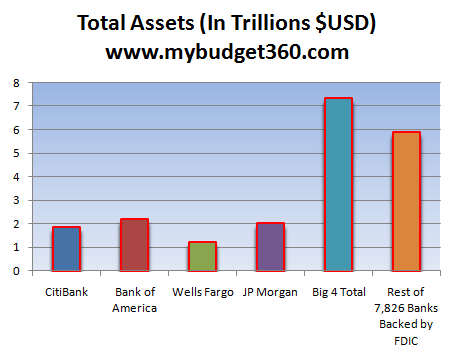
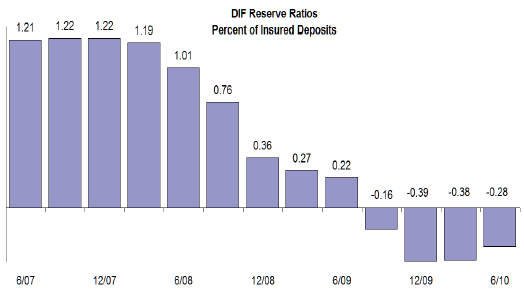


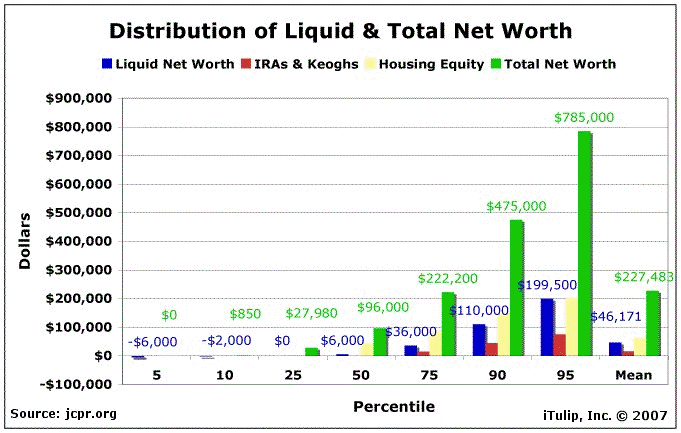
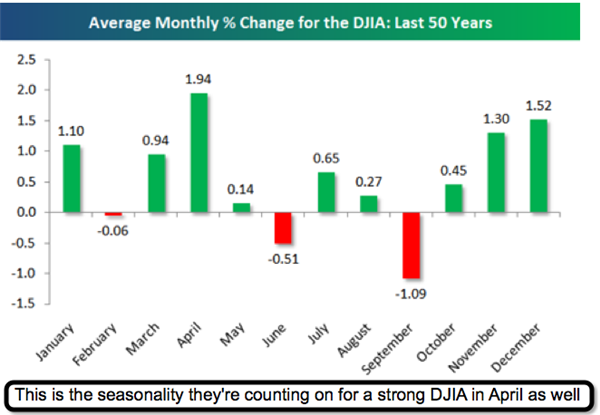
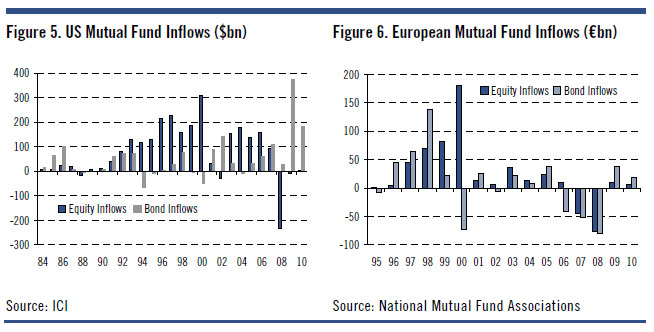
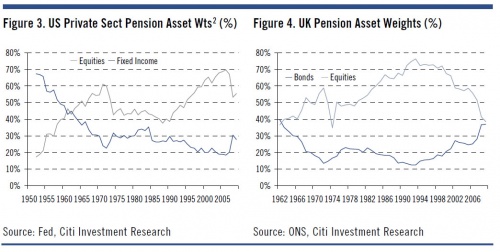
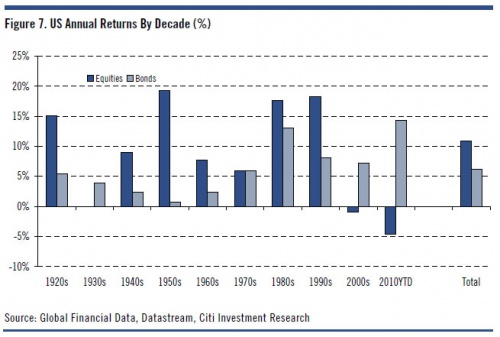


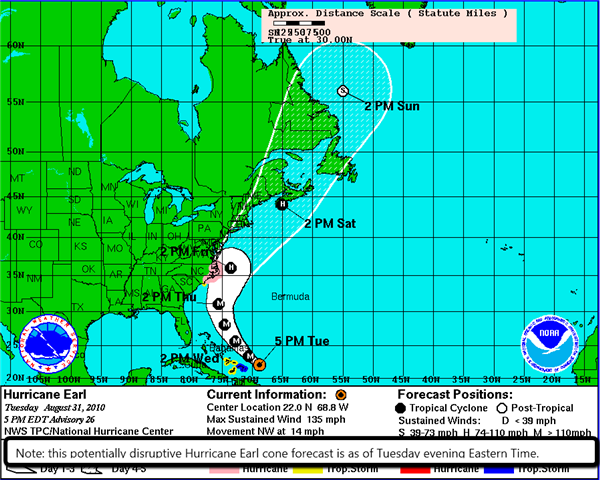

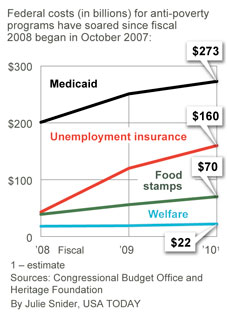
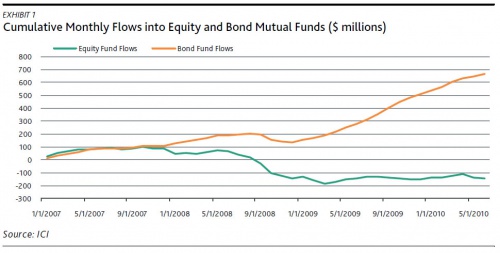

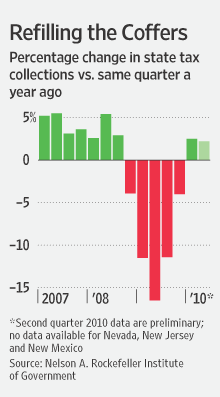
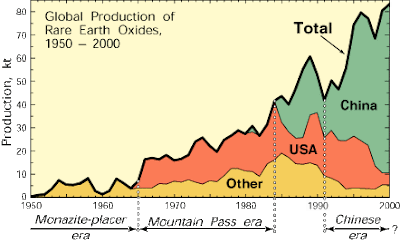
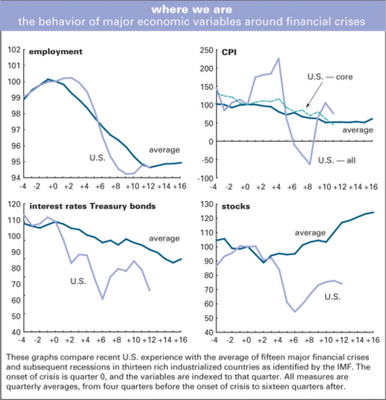
![[schwarzenegger]](http://sg.wsj.net/public/resources/images/ED-AM115B_schwa_NS_20100826182703.gif)
